A typical morning visit in a wine cellar in Burgundy on a typical wine tour…
This particular day we were in the heart of Burgundy, in the Côte d’Or. This is a magical place. It is hard to explain, but I have always been fascinated by this region and its wines. I love to go to Burgundy on my own wine tours. Maybe it’s because I get the chance to taste all these lovely wines, often very hard to find in the shops. Because when it comes to good Burgundy wines, especially red ones, you have to know where to look. And the best way to discover the wines from Burgundy is to go there.
It is not a big region but you have a huge number of different producers. Some of them are good and some of them are bad, or at least uninteresting. Pinot noir is a grape that demands attention and care. Not everybody is capable of making good wines from it. Chardonnay is easier to work with but in Burgundy a chardonnay is not just any chardonnay. Here the terroir produces a complex, sometimes nutty, often full bodied but still fresh wine, which is not so much a chardonnay as it is a Burgundy.
This is a magical place. It is hard to explain, but I have always been fascinated by this region and its wines. I love to go to Burgundy.
So, you have all these producers everywhere and you can imagine that it is not always easy to choose which producers to visit on our wine tours. We can pick just a few of them because we only have a few days there, but it has to be the right ones, the ambitious ones and — also important — the nice ones. Not an easy task. But we often succeed fairly well, if I may say so myself.
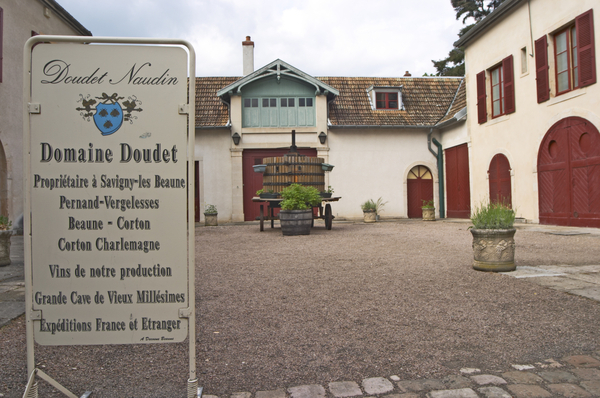
In April we had a group of wine enthusiasts in the Cote d’Or , for just one day. It was a last day of a three day tour, “The Three Classics” as we call it. The first two days of our 3-day tour were spent in Champagne and Chablis.
This particular morning we left our hotel in Beaune at around 9.30 in the morning. We had a rendez-vous with our first producer for the day at 10 o’clock so we had plenty of time. We were going just a few kilometres, to the small village of Savigny-lès-Beaune and our bus driver took us swiftly through some small and winding country roads with vineyards on both sides. Spring was in the air and tiny buds had just appeared on the vines. The scene was set; we were all ready to do some serious wine tasting.
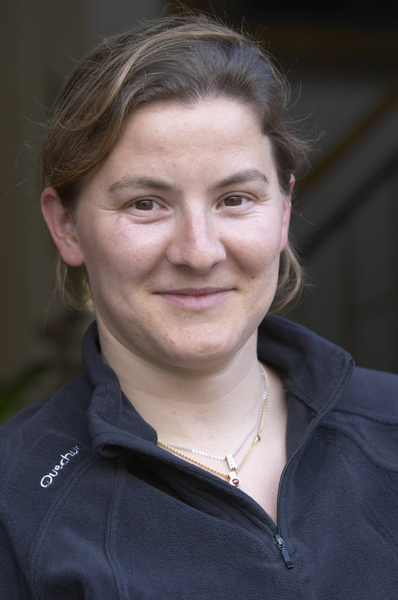
At 10 minutes to 10 we arrived at Domaine Doudet-Naudin. It is a family run domaine, created 150 years ago, which is quite typical for Burgundy. People are proud of their heritage and often families have been owners of the land for generations.
Domaine Doudet-Naudin is today run by Isabelle Doudet with a great help from Emmanuel Berteloot who has been working here for a number of years. Emmanuel soon showed up and welcomed us to the domaine. He told us about the history, the plans for the future, how they are working towards an organic viticulture, why they started a small négociant business. This is something many families in Burgundy are doing, he said. Setting up a small négociant business means that you can buy grapes from other growers, from other appellations and thus broaden your range of wines. If you are in the Côte de Beaune for instance, says Emmanuel, often you do not own vineyards in the Côte de Nuits, but your customers are asking for wines from Côtes de Nuits so this is a way to offer them what they want.
After a visit to the old underground cellar dating from 1820 where some precious bottles are stored we all gathered in the tasting room (actually a beautiful dining room) with Emmanuel who had brought a selection of his wines for us to taste.
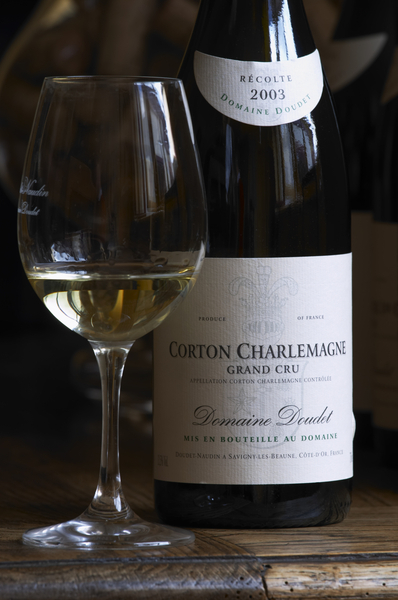
We started with the white Haute Cotes de Beaune 2009 made from purchased grapes (so, part of the negociant activity). A pleasant, easy-to-drink wine with flavours of peaches and hazelnuts. We then moved up in quality and tasted Savigny-lès-Beaune 1er Cru Redrescule. Now we had more complexity and elegance, flavours of lemon and mint and a touch of oak. A good balance and length combined with a refreshing acidity. (If you want to know the story behind the strange name – for the French speaking – you just have to come here to get it!)
Next white was Pernand-Vergelesses 2008 Sous Fretille Vieilles Vignes. The grapes come from 80 years old vines which give a fine minerality and a good structure to the wine. The last white was the incredible Grand Cru Corton Charlemagne 2003, a rare white from the Corton hill just north of Beaune. This is definitely not a “chardonnay”, this is Corton Charlemagne, a wine that really shows you the difference between a varietal and a terroir wine. Emmanuel had only 12 bottles left of this vintage so now, after having opened two bottles for us, he only has 10. We did feel very privileged.
When we had no more Corton Charlemagne left in the glasses (no spittoons were used for this wine!) we moved on to the reds. Savigny-les-Beaune 2007 was silky and tender, very typical for a Savigny les Beaune, according to Emmanuel, and it goes wonderfully with game.
Probably the best wine we have ever made! It will be gone as soon as we release it.
—Emmanuel Berteloot
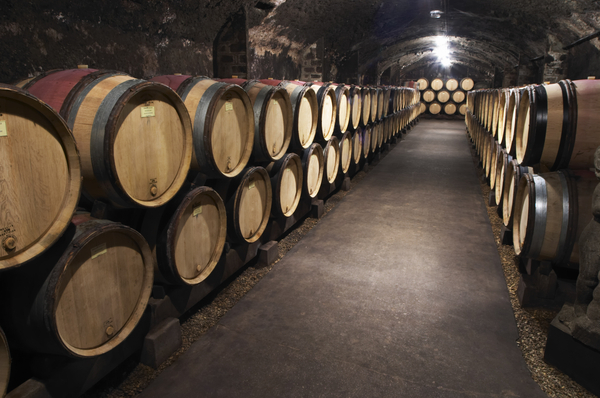
Pernand-Vergelesses 2006 Les Belles Filles was incredible fruity and easy-to-drink but still quite complex. With Savigny les Beaune 1er Cru Les Guettes 2000 Emmanuel wanted to show us what age does to a wine. This 10 year old wine has aged very well, there was only a hint of dried plums and tobacco and some dried leaves. I enjoyed it very much.
As I did the last wine, a Corton Grand Cru Maréchaudes 2009. This wine is hardly on the market yet and “probably the best wine we have ever made”, said Emmanuel. “It will be gone as soon as we release it”. So this was maybe our only chance to try this magnificent wine with a concentration you hardly think pinot noir capable of.
Some people in the group decided to buy some bottles and put away in their cellar. I don’t think they will regret it.
—Britt
You can check if we currently have a scheduled wine tour to Burgundy here, or if you want something exactly according to your dreams contact us to discuss a custom designed wine tour to Burgundy.
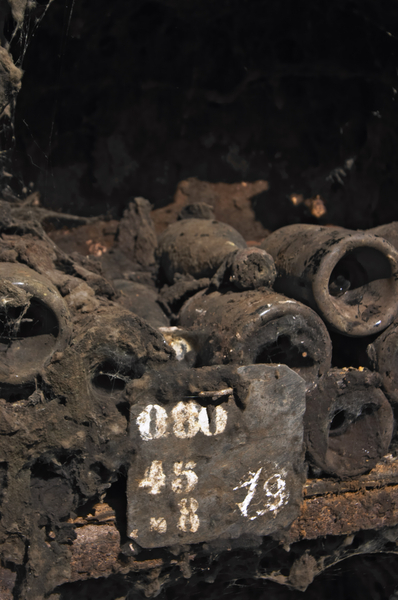

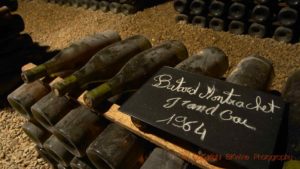
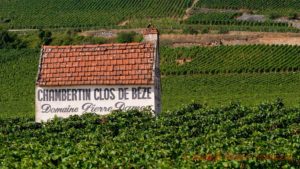
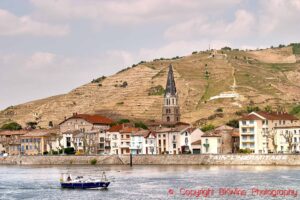
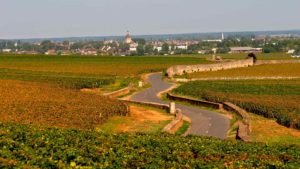

One Response